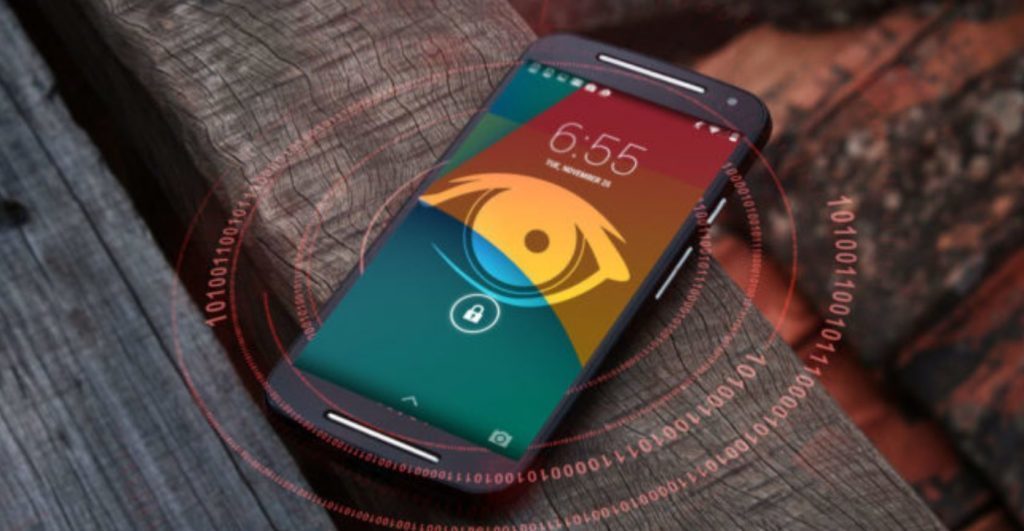 By MassPrivateI
By MassPrivateI
As more and more people use their smartphones to pay for everyday items, public transit agencies are encouraging millions of Americans to use their phones as their primary means of paying their fares.
In New York City and elsewhere, police can use ‘touch ‘n go’ or ‘touchless fares’ to track millions of public transit users’ movements.
New York’s Metropolitan Transit Authority’s OMNY Executive Director Al Putre said that as of December 2020 there have been over 34 million taps.
Imagine you are the Feds or the NYPD and you just found out that your agency now has access to detailed records of over 34 million transit user’s personal information. What do you think will happen?
Transit Authority’s across the country are adopting ‘touchless fares’ putting millions of people’s privacy at risk.
Several large transit authorities across the country have introduced ‘touchless fares’. They are Atlanta’s Breeze; Washington, DC’s SmarTrip; Chicago’s VENTRA; Seattle’s ORCA; and the California Bay Area’s CLIPPER.
The New York-based ‘Transit Center’ warns that police can use ‘touchless fares’ to track an individual’s movements and much more.
At the same time, new fare media raise legitimate individual privacy concerns. Namely, they have the potential to significantly increase the personal data generated and collected by transit agencies, as well as the private companies agencies contract or partner with. Once collected, the data can be accessed by other government entities, sold to private companies (in the case of private sector data collection), or simply be vulnerable to a data breach.
As more and more people accept digital IDs and ‘touchless fares’ for convenience, they often overlook how law enforcement and corporations can collect that information without a warrant.
If a passenger uses a fare card with a unique ID, then the agency can collect data on the unique ID, the time that it was used, and the station or stop where it was used.
The Ultimate Privacy Phone and Laptop from Purism (Ad)
Most people don’t realize that their smartphones contain many unique identifiers like, IMEI, MEID, ESN, IMSI and UUID.
- IMEI for International Mobile Equipment Identity: the Unique Number to identify GSM, WCDMA mobile phones as well as some satellite phones.
- MEID for Mobile Equipment IDentifier: the globally unique number identifying a physical piece of CDMA mobile station equipment, the MEID was created to replace ESNs (Electronic Serial Number).
- ESN for Electronic Serial Number: the unique number to identify CDMA mobile phones.
- IMSI (International Mobile Subscriber Identity): the unique identification associated with all GSM and UMTS network mobile phone users.
Law enforcement can use a phone’s MAC address, UUID and its camera to ID and track anyone.
The Transit Center warns that police can use a smartphone’s unique identifiers to create a detailed map of a person’s travel activities.
Privacy advocates argue that the government’s collection of personal data is a method for promoting conformist behavior, as individuals fear scrutiny, judgment, and retribution for acting outside accepted norms. While these concerns have often focused more on internet activity, mobility data is also particularly sensitive and deeply revealing about an individual’s activities.
Police can use ‘touchless fares’ to create an “intimate window into a person’s life.”
The United States Supreme Court writes that time-stamped location data “provides an intimate window into a person’s life, revealing not only his particular movements, but through them his ‘familial, political, professional, religious, and sexual associations.
‘Touchless fares’ allow police and ICE to track a person[s] movements without a warrant.
Privacy issues arise, though, when other government entities can access the data that transit agencies collect. In New York, for instance, organizations like the Surveillance Technology Oversight Project highlight the risk of allowing MTA travel data to be accessed by NYPD and, in turn, Immigration and Customs Enforcement.
‘Touchless fares’ give law enforcement the ability to target people of color.
Transit history data would enable ICE to locate immigrant community members by allowing the agency to track their daily movements. Further, identity-based surveillance using [the fare payment system] OMNY could compromise a rider’s right to anonymous public speech and association. This tracking is already possible with the MTA’s MetroCard system, but the MTA estimates that the process of retrieving personal information can take up to two weeks. With OMNY, the process is near-instantaneous, introducing the possibility of real-time social controls.
As the Transit Center points out, the only way to really protect public transit passengers from warrantless law enforcement surveillance is to allow riders to pay with cash.
Cash is the most secure and private fare payment medium, either when used to board the bus or when purchasing and refilling an agency-issued fare card. It is much more difficult to connect a specific fare card’s movement to an individual passenger when the passenger originally paid for the card using cash.
As you can see, getting rid of cash at toll booths (E-ZPass) and public transit to save time and protect everyone’s health comes at the expense of our privacy.
Source: MassPrivateI Blog
Top image: Pixabay
Become a Patron!
Or support us at SubscribeStar
Donate cryptocurrency HERE
Subscribe to Activist Post for truth, peace, and freedom news. Follow us on Telegram, SoMee, HIVE, Flote, Minds, MeWe, Twitter, Gab, Ruqqus and What Really Happened.
Provide, Protect and Profit from what’s coming! Get a free issue of Counter Markets today.

Be the first to comment on "Millions Of Public Transit “Touch ‘N Go” Smartphone Users Can Be Tracked By Law Enforcement"